Slash Your Energy Bills: How to Reduce Energy Consumption in Your Home: A Roofers Guide
Can your roof help you save on energy costs? This guide targets homeowners eager to slash energy expenses, digging into how roofing choices—from materials to maintenance—affect your energy consumption. Discover the energy-saving potential of options like cool roofs, metal roofing, and solar solutions, alongside practical advice on improving insulation and ventilation. Without overwhelming detail, this article sets you up to make informed decisions that could cool down your energy bills.
Key Takeaways
Choosing energy-efficient roofing materials like cool roofs or "cool shingles", solar pannels, or metal roofing, can reduce energy consumption, cut down on cooling costs, and enhance overall home value.
Improving home energy efficiency isn’t limited to the type of roofing—adding proper insulation and ventilation, especially in the attic, significantly prevents heat transfer and maintains optimal indoor temperatures.
Regular roof maintenance, including cleaning, inspections, and timely repairs or replacement, is crucial for sustained energy efficiency and can prevent minor issues from turning into costly repairs.
Selecting the Right Energy-Efficient Roofing Materials
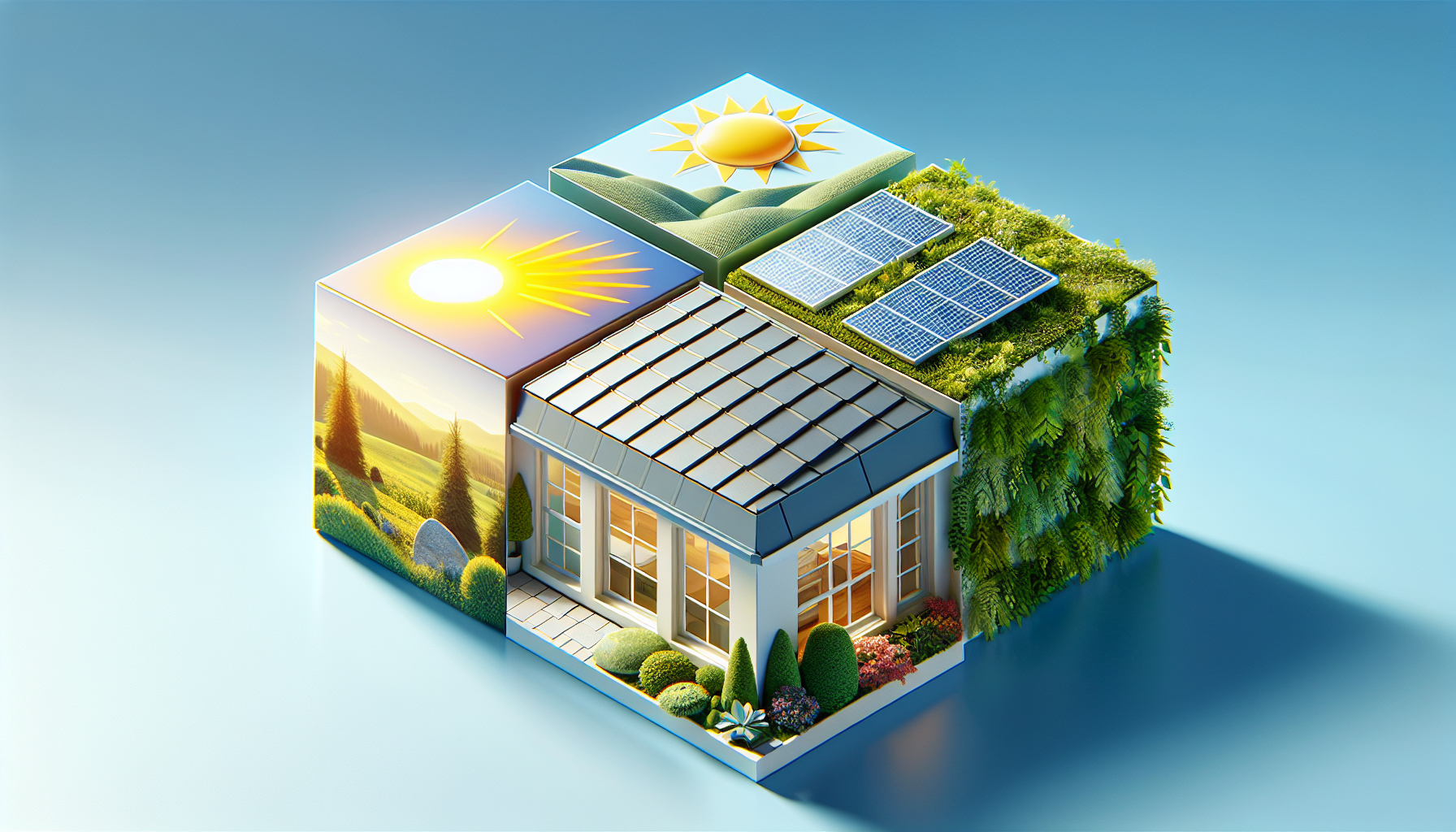
Selecting the appropriate roofing materials can significantly affect your household’s energy efficiency. Roofing that is designed to be energy efficient doesn’t just diminish your energy expenses. It also lessens the environmental burden and may even enhance the value of your property. With numerous choices at hand, pinpointing which material suits you best becomes crucial.
When evaluating options, important factors include enhanced durability, minimal upkeep needs, as well as their ability to repel UV rays and limit heat transfer into the home. It’s vital to balance benefits against disadvantages and choose tailored solutions that consider long-term impacts on both energy bills and consumption levels. The ultimate objective with any choice in this realm is selecting an option where there’s a higher reflection of sunlight paired with lesser absorption of heat — culminating in lower indoor temperatures and maximized overall effectiveness regarding power use.
Cool Roofs
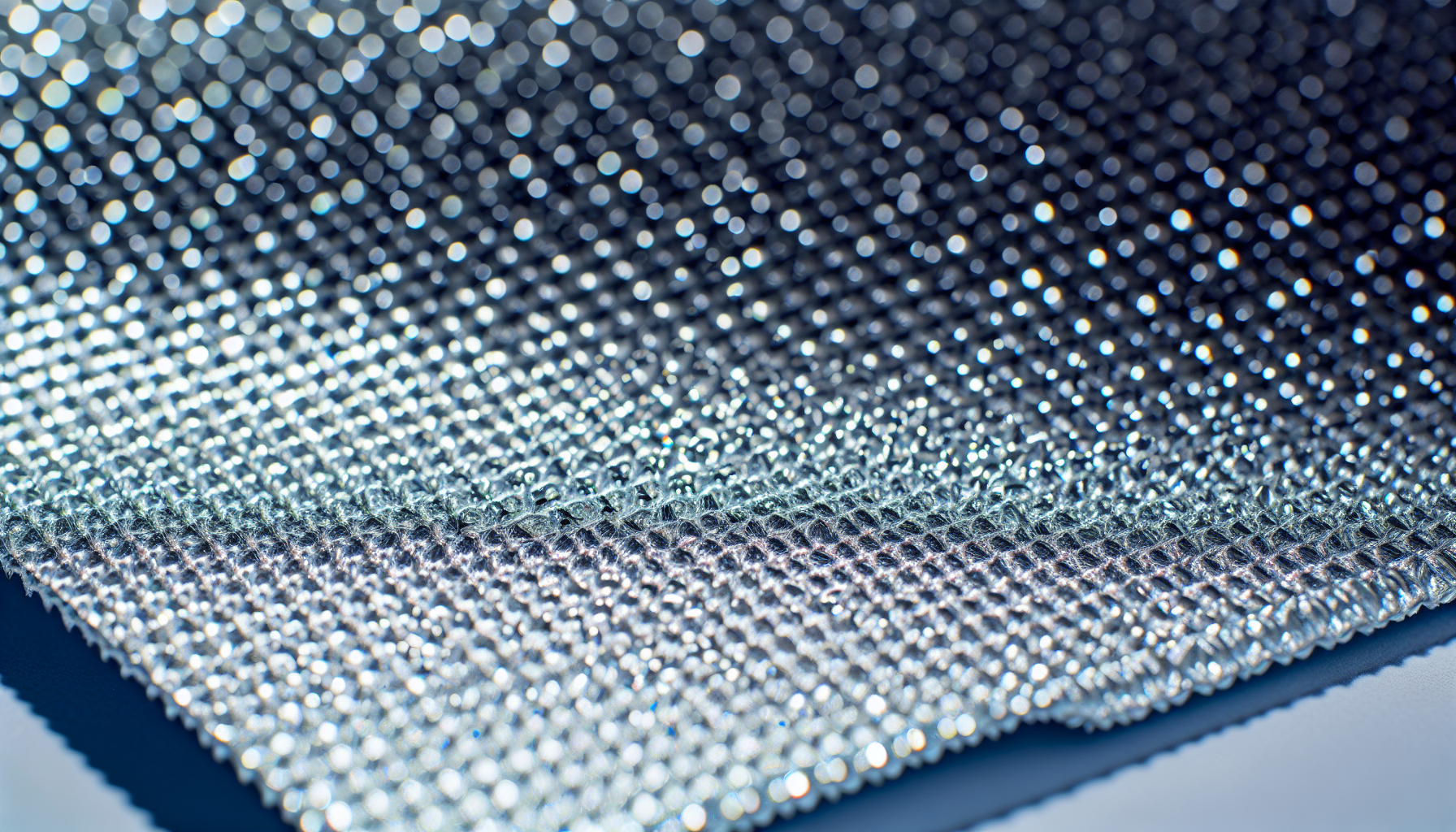
Roofing options that prioritize energy efficiency are starting to grow in popularity. These energy-efficient roofing systems utilize materials designed to reflect more sunlight and absorb less heat than standard roofs, which contributes to lower cooling expenses and enhances indoor comfort levels.
For constructing these energy-efficient roofs, there are a variety of materials one can choose from: reflective paints or coatings, specially designed shingles that have high reflectivity rates, or single-ply membranes engineered for this purpose. Selection among these materials typically hinges on the incline angle of your roof’s structure. Notably, by opting for an energy-efficient roof installation like this—cool in nature—you could experience substantial energy savings through up to 27% reduction in peak demand for cooling.
It’s vital not only to install but also to sustain the cleanliness of such rooftops since their performance largely depends on maintaining their highly reflective properties. Routine cleaning performed by professionals will ensure that your cool roof continues to operate at maximum efficiency thereby keeping those potential savings in cooling costs fully optimized.
Solar Shingles
Individuals seeking to harness solar power may find solar shingles to be a perfect fit. These innovative roofing materials blend effortlessly with conventional roofing options, such as traditional asphalt shingles, and not only improve the appearance of the roof, but also produce eco-friendly electricity.
Installing solar shingles can lead to significant energy savings, cutting energy expenses by about 40 to 60 percent. Adopting solar shingles advances environmental protection efforts by diminishing one’s carbon footprint along with lowering greenhouse gas emissions and curbing air pollution.
That said, solar shingles have several potential problems including high costs for materials and installation. Other issues include limited certified roofers, inverter malfunctions, faulty wiring via corrosion/oxidation, potential induced degradation (PDI effect), and overloading from heat rendering them irreparable.
We haven't seen a return on investment on Solar Shingles that makes sense for Idahoans. We are always looking for new and innovative ways to help homeowners, but for the cost, we always arrive at addressing ventilation and a light-colored shingle. (Forgive me if you see a recurring theme here for the rest of the article).
Metal Roofing
Individuals looking to improve energy efficiency should consider metal roofing as a valuable option. Metal roofs offer superior insulation, which can lead to significant reductions in energy usage. Their ability to reflect sunlight and heat contributes to maintaining a lower temperature within the building, thereby offering the possibility of slashing up to 40% off your energy expenses.
Using materials like aluminum and copper for roofing is advantageous due to their high thermal emittance values. These characteristics enable the roof surface to rapidly shed the heat it has absorbed by sending it back into the atmosphere, thus enhancing overall energy efficiency.
Not to burst your bubble of joy, but most people fall in love with metal roofs until they see the price. It's 2 or 3 times as much as an asphalt shingle roof. If it's in your budget and you'll have that house for many, many decades, then go for it.
Green Roofs
Can't recommend it if you're on a budget, but it's worth mentioning. For those with an ecological mindset, considering green roofs that blend nature into your rooftop could be worthwhile. Such innovative roofing enhances insulation, efficiently handles stormwater, and mitigates the heat island phenomenon seen in urban areas.
Nevertheless, it is important to note that these eco-friendly rooftops require a considerable initial financial outlay and ongoing upkeep. They are also not compatible with every kind of roof structure. There's a lot of weight that needs to be held up, so you almost need to design and build a home with this roofing system in mind to engineer it to withhold the weight. When implemented correctly, they can offer substantial cooling benefits—potentially resulting in temperatures up to 40°F lower than those found on standard roofs.
Budget Friendly Options - Enhancing Insulation and Ventilation

Selecting appropriate roofing materials is crucial, but to enhance the energy efficiency of a home, it’s imperative to optimize both insulation and ventilation. That's so important, I'll say it again a different way, insulation and ventilation are the most important things you can do to enhance the energy efficiency of your current roof.
Preventing heat transfer through proper insulation ensures warmth retention in cold seasons while blocking excessive summer heat from infiltrating your home. If you have great insulation but terrible ventilation, your attic will be a furnace and it will literally bake your shingles' expected life down by as much as 75%. In the winter, poor insulation will create a condensation effect that will trap moisture and make it seem like you have roof leaks, when really it's just poor ventilation.
Enhancing attic ventilation helps regulate temperature, thereby reducing the workload and expense tied to HVAC system use for a more energy-efficient dwelling.
Attic Insulation
Your home’s energy efficiency is greatly influenced by the attic because it acts as a barrier against unwanted heat transfer. By ensuring proper insulation in this space, you can maintain a steady indoor temperature that isn’t swayed by outside weather.
An attic that is correctly insulated not only enhances comfort within your home but also plays a crucial role in decreasing energy bills, thus transforming your home’s overall energy performance. A bonus of insulation is that it's not that much to add more insulation to your home. It's one of the more affordable things you can do that make a big difference. Just make sure you don't ignore your roof ventilation.
Roof Ventilation
Often overlooked, the role of roof ventilation is critical in creating a home that’s both comfortable and energy efficient. By expelling excess heat and moisture, proper roof ventilation not only helps prolong the durability of roofing materials but also plays a key role in lowering energy usage.
If you live in a two-story house and the upstairs is way hotter than the downstairs in the summer, ventilation can help your comfort as well as prolong your roof life.
Implementing an effective system using intake and exhaust vents provides continuous air circulation which eliminates warm, moist air from the attic space while pulling in fresher, cooler air. This ongoing exchange maintains a more pleasant atmosphere within the home across all seasons.
Integrating Solar Panels for Energy Efficiency
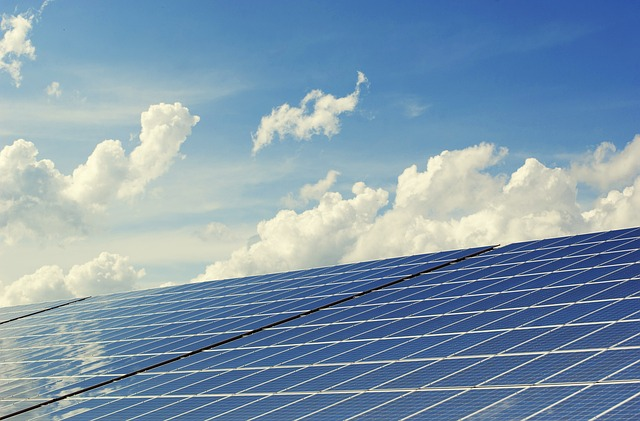
Incorporating solar panels into your home’s roofing system can lead to significant improvements in your roof's energy efficiency. Homeowners who install solar roofing systems could experience savings of their energy bills, while also potentially boosting the resale value of their homes.
Beyond simply cutting down on electricity costs, these solar panels offer the added benefit of generating potential income by selling any excess energy back to the power grid.
Solar Panel Installation
It is essential for the optimal performance of solar panels that they are installed correctly. The typical system used for mounting solar panels in residential settings is known as direct mounted, and this can differ based on factors such as the size and shape of the roof, along with the type of shingles used.
Remember that every time you are drilling something on your roof deck, you are creating a roof penetration and have a risk of a roof leak. You must have a reputable and well-rated or well-reviewed contractor install your solar panels.
Repairs to a roof from improper solar panel installation aren't fun for everyone. We are happy to recommend contractors we feel do the best job installing solar on residential homes.
Regular Roof Maintenance for Energy Efficiency
Maintaining your roof on a regular basis is crucial for preserving its energy efficiency. This maintenance is a key component of the comprehensive care required by your roofing system.
Through consistent upkeep, you can extend the durability of your roof, guarantee its maximum functionality, and avoid expensive repair bills as well as any loss in energy savings.
Inspection and Cleaning
Through routine inspections and cleanings, signs of initial damage can be identified early on to prevent decay.
By quickly resolving small issues detected during these checks, one can extend the longevity of their roof and avoid costly repair work.
Repair and Replacement
Swiftly addressing and remedying small defects can prolong the lifespan of a roof, maintain its ability to conserve energy, and lead to substantial savings over time.
When there are extensive damages or when the roof has aged considerably, replacing it becomes essential since minor repairs may no longer be effective in reinstating its capacity for energy conservation.
Additional Energy-Saving Tips for Your Home
Besides focusing on your roof, there are other strategies you can adopt to enhance energy efficiency in your home and subsequently decrease your energy expenses. For example, by installing windows designed for energy conservation, you minimize the transfer of heat, which helps maintain a more consistent temperature inside — cooler during summer months and warmer when winter sets in. This step cuts down on the need for excessive heating or cooling and advances the overall energy efficiency of your home, adding to the advantages gained from an efficient roofing system.
If you've ever gotten a quote on new windows, you know that it is a wildly expensive project. Having met with a residential window tinting company, we were able to confirm that just by getting your existing windows tinted, it can create optimal energy efficiency for your existing windows.
Ensuring that air leaks around doors, windowsills, and attic areas are sealed off can stop conditioned air from escaping outside. Taking this action will contribute toward achieving substantial savings on energy costs due to maintaining internal climate control with greater effectiveness.
Summary
To sum up, creating an energy-efficient home requires a comprehensive approach that includes choosing the right roofing materials, improving insulation and ventilation systems, incorporating solar panels, and ensuring consistent roof upkeep. By implementing these measures together with other strategies for conserving energy, you can drastically cut down on your household’s energy use and expenses, resulting in a more cost-effective and comfortable living space.
Frequently Asked Questions
What are the benefits of energy-efficient roofing materials?
Implementing energy-efficient roofing materials can lead to reduced energy bills, minimized environmental impact, and an increase in your home’s value through the diminution of heat absorption.
How can attic insulation contribute to my home's energy efficiency?
By inhibiting the transfer of heat, attic insulation ensures that your home’s temperature remains steady and enhances energy efficiency.
What is the lowest-cost and highest-return things you can do to improve your home's energy efficiency?
Ensure your home is properly ventilated (most houses aren't), and getting extra insulation.
Subscribe to Idaho Roofing Contractors's Blog
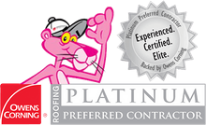

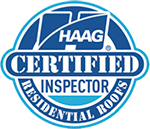

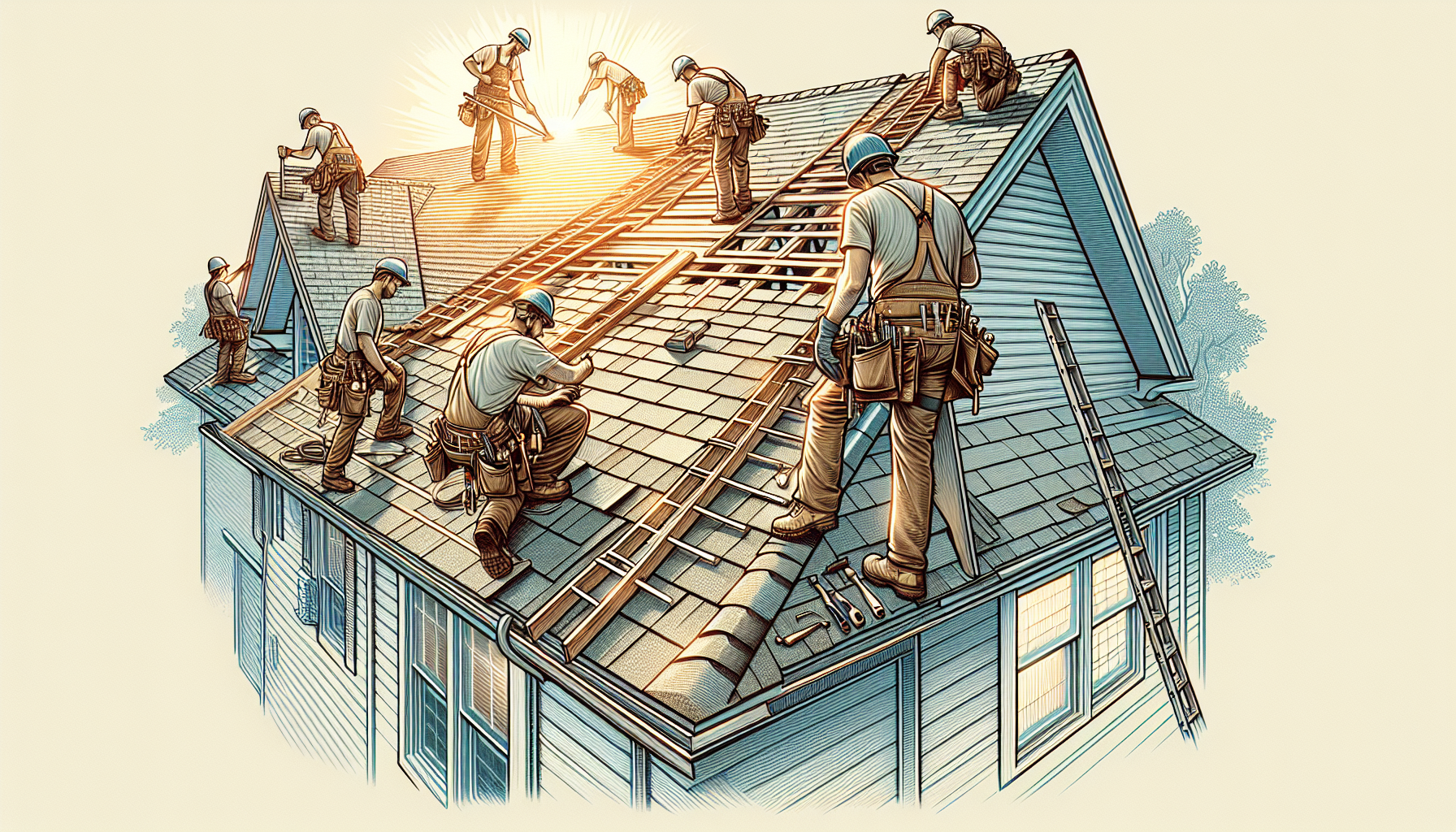


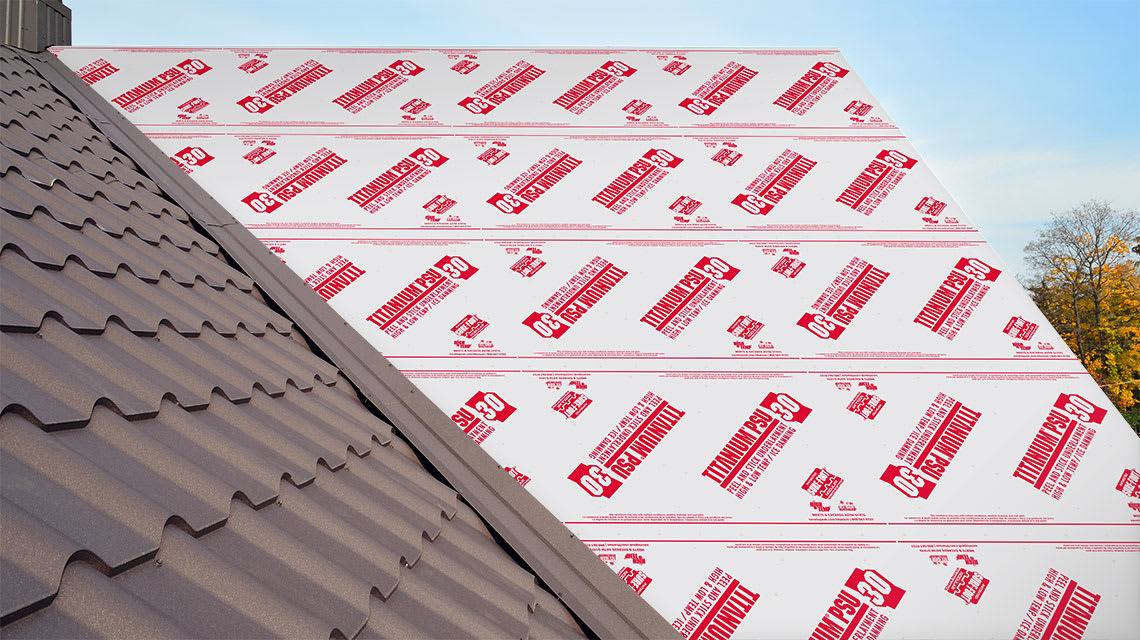
Comments